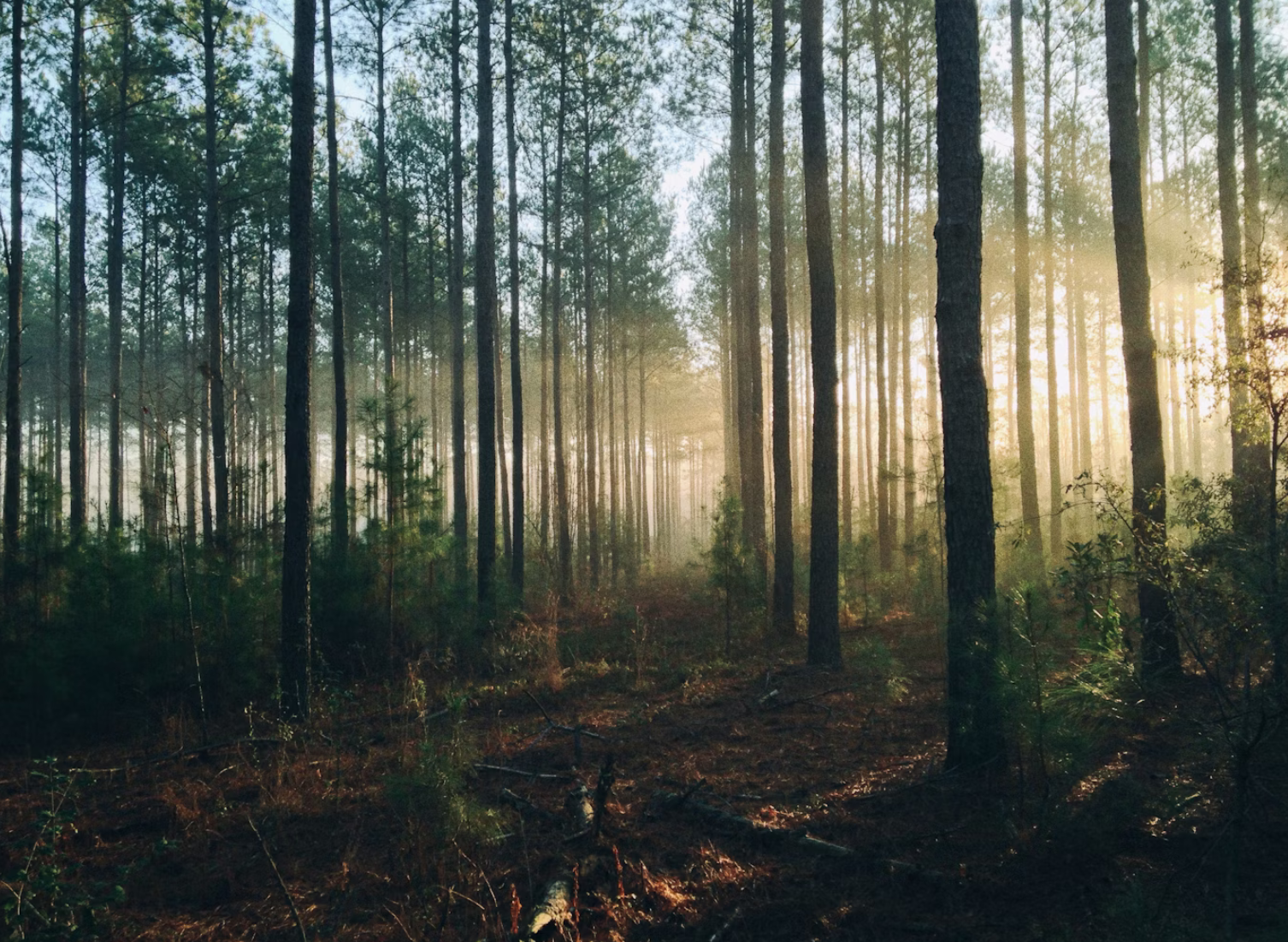Climate change is recognised as one of the biggest threats to our planet, posing a potential threat to the environment and all aspects of human life. The Intergovernmental Panel on Climate Change (IPCC) has warned that global temperatures need to be kept from rising by more than 1.5 degrees Celsius. We have already passed 1 degrees Celsius. We need to act now. There is a simple solution, and it is one of our most powerful weapon in the fight against climate change: forests.
Healthy forests are powerful carbon sinks, meaning they absorb and store carbon dioxide. New research, published in Nature Climate and available on Global Forest Watch, found that the world’s forests sequestered about twice as much carbon dioxide as they emitted between 2001 and 2019. Carbon travels from the atmosphere to biomass reservoirs through photosynthesis: in this process, plants absorb carbon dioxide and sunlight to create fuel required for the development of their structures, including tree trunks, roots, branches, and leaves. This ‘carbon sink function’ of forests cans slow climate change by reducing the rate at which carbon dioxide, mainly from fossil fuel burning, builds up the atmosphere. Forest soils also sequester vast our reservoirs of carbon. This shows how, if not for forests, much of this carbon would remain in the atmosphere in the form of carbon dioxide, the main greenhouse gas driving climate change. Unlike other sectors, where carbon takes a one-way trip to the atmosphere, forests function as a two-way street, absorbing carbon as they grow or maintain, and dropping when degraded or deforested.
Slowing the loss and degradation of natural systems and promoting their restoration have the potential to contribute over one-third of the total climate change mitigation scientists say is required by 2030. Careful forest management can therefore be an important strategy to help address climate change in the future.
